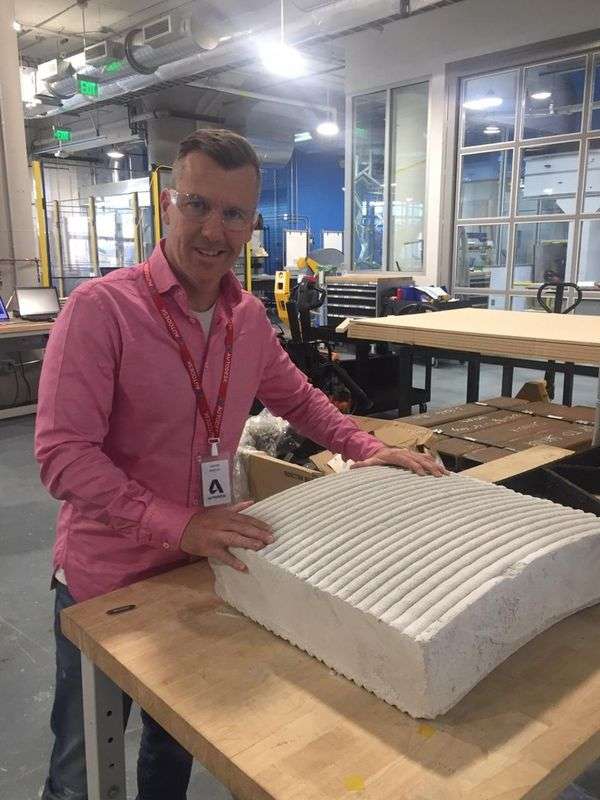Imagine printing a 3D house that can put an at-risk family in emergency accommodation in as little as 24 hours for just $4000.
It’s not science-fiction.
Australian futurist Steve Sammartino is currently designing his own 3D printed smart house in Melbourne, and says the design could help in natural disaster zones as well as assist with affordability issues.
“With housing, you can set up a house really quickly, and not even for disaster zones, but even areas where they’re living in substandard housing, it will make things affordable,” he said.
Start your property search
It is a technology already being explored in other parts of the world.
An American manufacturer is working with the not-for-profit company, New Story, to set up 3D printed houses in developing countries as part of a humanitarian drive.

Futurist Steve Sammartino believes 3D printing will revolutionise the house building industry. Photo / Supplied
While in The Netherlands, a 3D printed housing community will go on the market this year in a partnership between Dutch developers and a local university.
A workers in The Netherlands supervising the 3D printing of concrete walls as part of the Project Milestone 3D community.
Mr Sammartino said technology had changed the way we work and live.
“But houses haven’t changed much and houses are the number one indicator of where we are in life,” he said.
“Two hundred thousand years ago we lived in caves, then stone houses, now those stone houses haven’t changed that much but the technology inside them reflects how life is going.”
Queensland University of Technology 3D printing expert Melissa Johnston said the 3D printing technology was being used across health, construction, IT, and the arts, and the popularity of desktop 3D printers was helping consumers embrace the new technology.
“I really do expect to see 3D houses in my lifetime, the technology is advancing so quickly now,” she said.
Regardless of what house you live in, Mr Sammartino said it was time to renovate.
“And that’s not putting plaster in places, I mean renovate so it matches the technology that’s all around us,” he said.
He said housing had gone through the industrial age, where energy and artificial power was placed inside a house, and the next phase was for intelligence to be put inside houses.
“Our houses will be commanded in the same way we interact with humans, commanded by voice and movement and body language and gesturing and thinking,” he said.
“We have power in the walls, and now we will have intelligence.
“It’s not even that expensive, we could automate a house to never have to put on a light switch again, to have it heat and cool itself based on sensing the outside environment, to only do the washing at a time when the electricity’s cheap.”
He believes there should be a basic standard for smart housing to encourage competition, and address consumer concerns over security and privacy.
“We have a standard for wiring, plugs, plumbing; industry needs to come together to develop a basic standard that can be used in all houses, so instead of having Google or Amazon dominate, you can plug in different suppliers.
“I think it’s the job of industry and government to regulate around this so it becomes a competitive marketplace.”
- news.com.au


















































































